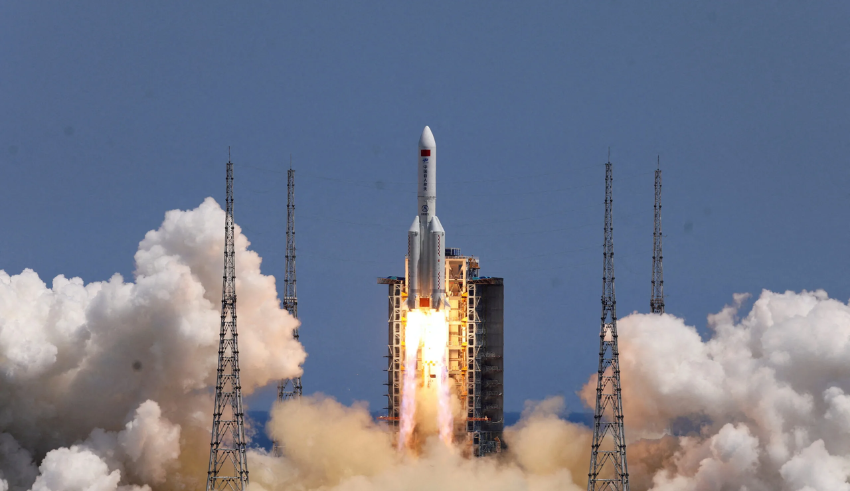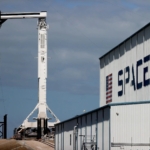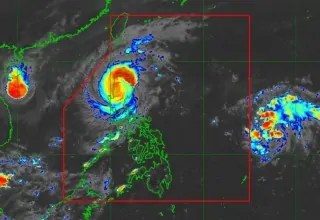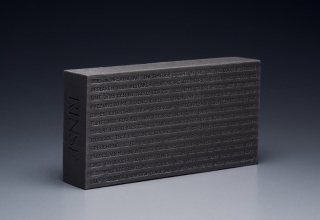
On Saturday, July 30, a Chinese rocket crashed down to Earth over the Indian Ocean, but NASA stated that Beijing had not supplied the “specific trajectory information” that was required to determine where possible debris would fall.
The United States Space Command reported that the Long March 5B rocket re-entered Earth’s atmosphere over the Indian Ocean at approximately 12:45 p.m. EDT (4:45 p.m. GMT) on Saturday, but it asked China to answer any questions about the “re-entry technical’s aspects such as potential debris dispersal impact location.”
“All spacefaring nations should follow established best practices and do their part to share this type of information in advance to allow reliable predictions of potential debris impact risk,” NASA administrator Bill Nelson remarked.
“Doing so is critical to the responsible use of space and to ensure the safety of people here on Earth.”
Users of social media platforms in Malaysia shared videos showing what seemed to be fragments of rockets.
The Aerospace Corporation, which is a government-funded non-profit research center located in the Los Angeles area, stated that it was irresponsible to let the rocket’s entire main-core stage, which weighs 22.5 tons, return to Earth in an uncontrolled re-entry. The center is located near Los Angeles.
Related Posts
Analysts predicted earlier this week that the rocket body would disintegrate as it descended through the atmosphere; however, the rocket is large enough that numerous chunks are likely to survive a fiery re-entry and rain debris over an area that is approximately 2,000 kilometers long and approximately 70 kilometers wide.
The Chinese Embassy in Washington, DC, did not immediately respond to a request for comment. Earlier in the week, China announced that it would keep a close eye on the debris but that it did not pose a significant threat to people on the ground.
Since its first launch in 2020, China’s most powerful rocket, the Long March 5B, made its third flight on July 24 to carry a laboratory module to the new Chinese space station that is being constructed in orbit. This mission marked the third flight of China’s most powerful rocket since its debut.
In the year 2020, fragments from another Chinese Long March 5B crashed into the Ivory Coast, causing damage to a number of structures in that West African country. However, there were no reports of any injuries.
In contrast, according to Nelson, the United States of America and the majority of other spacefaring nations generally design their rockets to avoid large, uncontrolled re-entries. This is an imperative that has been largely observed ever since large chunks of the NASA space station Skylab fell from orbit in 1979 and landed in Australia.
The wreckage from that flight eventually fell into the innocuous waters of the Indian Ocean.




























